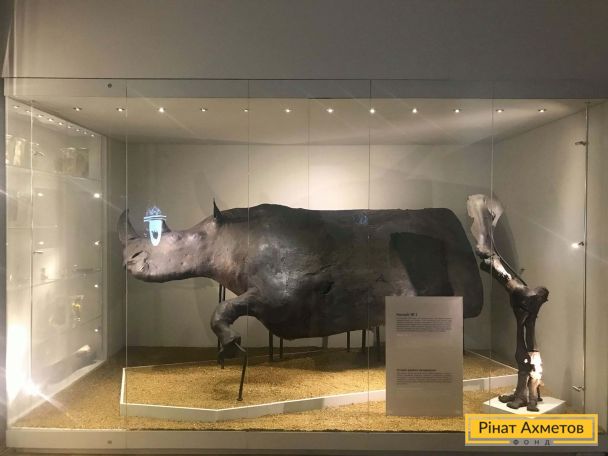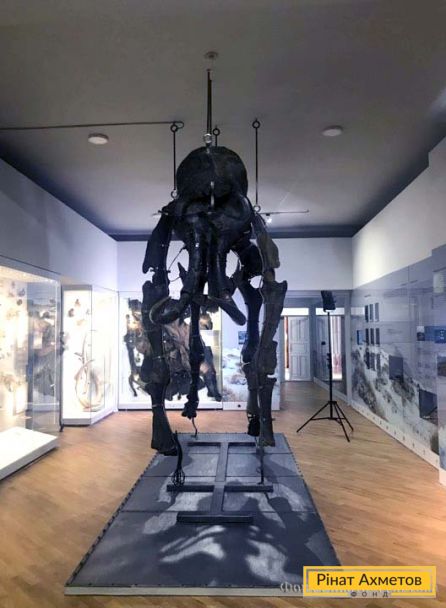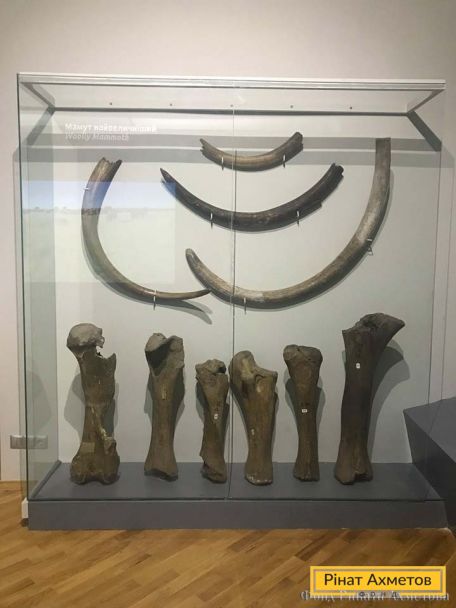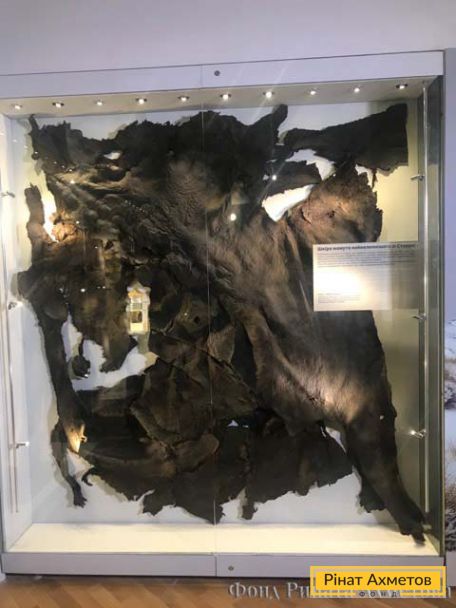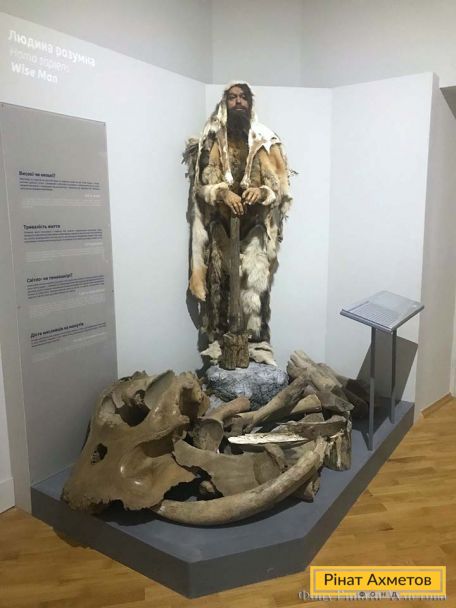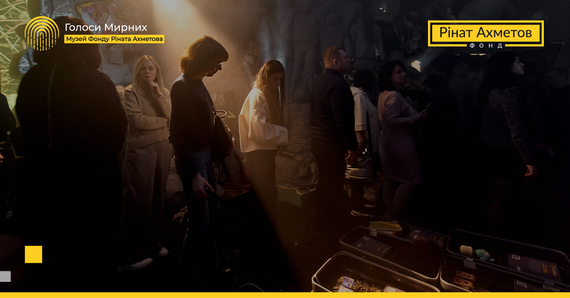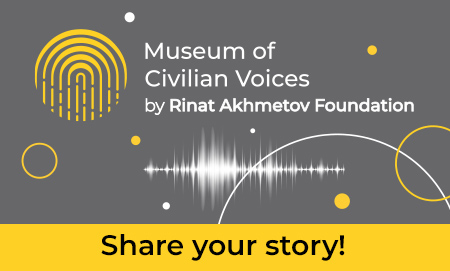The return of prehistoric giants: a unique exhibition opens in Lviv
A unique exhibition The Ice Age: the Return of a Mammoth to Lviv will open to the broad public on 26 June at the State Museum of Natural History of the National Academy of Sciences of Ukraine, representatives of the museum and the Rinat Akhmetov Foundation said today at a press conference held in the tourist capital of Western Ukraine.
This exhibition was created under the Foundation’s Dynamic Museum project, and it is the first part of a new permanent exhibition Symphony of Life.
The central exhibits of the “Ice Age” are a mammoth and a woolly rhinoceros. According to the museum’s representatives, the remains of these prehistoric species were found in the early 20th century in a coal mine near Starunia village in the present-day Ivano-Frankivsk Oblast. Every discovery is unique in its own way, and has huge importance for world science.
“The mammoth was so well-preserved that the workers who made this discovery cut off its skin to make boots for themselves. So, when scientists found out what kind of discovery it was, they had to go to court to collect the fragments of its skin from the village’s residents. The woolly rhinoceros was preserved even better. And while skeletons of a mammoth are quite a common occurrence across the world, the remains of woolly rhinos found not in permafrost are exhibited in only two museums of the world,” Natalia Dziubenko and Andrii Bokotii, research fellows at the Lviv museum said.
However, just a few years ago the mammoth and the rhino could well have sunk into oblivion. Because of the lack of financing, the precious exhibits were kept in storage for decades and could have been lost forever. Everything has changed in 2012, when the State Museum of Natural History of the National Academy of Sciences of Ukraine won a grant from the Rinat Akhmetov Foundation.
“Thanks to Dynamic Museum project, the museum’s staff developed a roadmap of changes that could make the museum interesting for today’s audience. The Foundation supported this program and fulfilled its obligations. Besides restoration of prehistoric mammals, the Lviv museum was equipped with advanced multimedia technologies and its staff underwent training and job shadowing at the best museums of the world. In addition, a new elevator was installed in the building for the convenience of people with disabilities. So now, this museum can compete with the entertainment industry and firmly stay on the cultural map of Ukraine,” Tetiana Kukhotska, the Foundation’s Director for Project Development said.
According to Mrs. Kukhotska, the exhibition caused serious interest in international scientific community even before it was officially opened. Although the mammoth and the rhinoceros lied under the ground for millenniums, ozokerite and other petroleum products stopped decomposition processes. As a result, bones and teeth, and also soft tissues of the animals were preserved. Moreover, timely restorative work helped preserve the DNA structure intact. And that opens new, truly unique horizons for scientific research and discoveries.
The round table held at the State Museum of Natural History immediately after the press conference only confirmed that. Scientists from Ukraine, Switzerland and the United States gathered to exchange experience in preservation of unique museum exhibits and determine the optimal ways for their development. As Dynamic Museum project proved, Ukrainian museums are capable of keeping pace with the times and attracting even the most sophisticated visitors by implementing the latest technologies and scientific standards.
“Today, Ukrainian museums face new challenges, and they are trying to respond to them. A lot of meetings with the world’s leading museum specialists were held as part of Dynamic Museum project. These meetings discussed development problems of Ukrainian museums and the challenges they face. I even give these discussions to my students to listen as lectures,” Zinoviy Mazuryk, Chairman of the Association of Museums and Galleries and a participant of the round table said.
The Ice Age: the Return of a Mammoth to Lviv exhibition reveals the world of prehistoric animals, allowing visitors to learn about their life from the display and participate in interactive games. Visitors will also see how humans were hunting in prehistoric times, and visit a Cro-Magnon Man whose replica dwelling will also be exhibited along with the mammoth and the rhinoceros.
